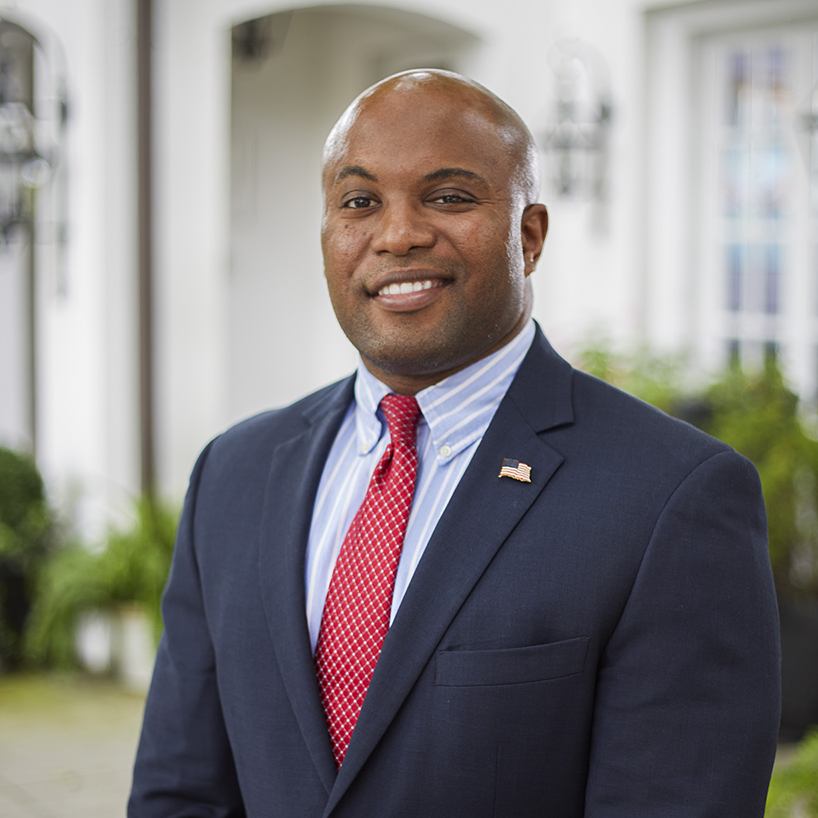President Biden plans to sign the American Rescue Plan (ARP) into law by close of business on Friday, March 12. The COVID relief legislation has been passed by Congress, and just needs a signature from the White House. The pandemic has put a strain on individuals and businesses, and this bill provides direct aid to combat economic hardship. Here are some major takeaways. GWSI will go in-depth on additional provisions through a series of Impact Hour webinars and sponsored blog posts in the coming weeks.
Broad Overview
- The legislation creates a new $15 billion grant program designed to target small business owners;
- This pool of money is separate from the Paycheck Protection Program (PPP);
- Additionally, there is a $35 billion pool to finance local programs that provide businesses with low-interest loans;
- There is an extension of eviction and foreclosure moratoriums until the end of September 2021, with $5 billion set aside to help tenants struggling to pay rent;
- ARP restores emergency paid sick leave through the end of September;
- Provides $350 billion in aid for state and local governments;
- Allocates $170 billion in aid for K-12 schools and higher education;
- Includes $50 billion for Covid-19 testing;
- Funds a 15% increase in SNAP benefits through September;
- Allocates $20 billion toward a national vaccine program, in partnership with state and local governments;
- ARP increases the Child Tax Credit to $3,000 per child ($3,600 for children under 6) and making it refundable for the year;
- These funds will be paid out in monthly installments by the IRS;
- ARP waives federal taxes on an individual’s first $10,200 of unemployment benefits collected last year; and
- Recipients of Unemployment Insurance (UI) recipients will also receive a $300 a week boost through September 6th, 2021.
Direct Payments to Individuals
ARP provides direct payments up to $1,400 per person to married couples earning less than $160,000, heads of households earning less than $120,000 per year, and individuals earning less than $80,000 a year. Individuals earning less than $75,000 will receive the full $1,400. Married couples earning less than $150,000 a year will receive $2,800 — and families with children are eligible for an additional $1,400 per dependent. The income thresholds will be based on a taxpayer’s most recent return.
Restaurant Revitalization Fund
The Restaurant Revitalization Fund (RRF) was added to the Rescue Plan and will provide $28.6 billion in debt-free relief for small and mid-sized restaurants. You may recognize many of the provisions from the RESTAURANTS ACT we supported and the House passed last year. The fund:
- Provides government-funded grants with a maximum of $10 million per restaurant group or $5 million per individual restaurant location;
- Creates a wide net for eligible businesses that include food service and drinking establishments such as restaurants, bars, caterers, breweries, taprooms, and tasting rooms; and
- Allows grant funding to be spent on payroll and benefits up to $100,000 a year, mortgage, rent, utilities, maintenance, supplies (including PPE and cleaning products), food and beverages, supplier costs, operational expenses, and paid sick leave.
Businesses are able to receive Restaurant Revitalization dollars alongside the two rounds of PPP, EIDL, and the Employee Retention Tax Credits. However, any PPP loans already received will be subtracted from the eligible grant total for any individual business. The covered period is from February 15th, 2020 through December 31st, 2021.
As a community, we can continue to support our restaurants by ordering takeout, dining-in safely, and buying gift cards at our favorite spots.
Shuttered Venue Operators Grant
The ARP also includes an additional $1.25 billion to fund the Shuttered Venue Operators Grant which was previously named the Save our Stages Act (SOSA). GWSI supported SOSA and worked with local venue owners to ensure its formal inclusion in this relief package. Although the application for these funds is not yet available, venue owners are able to apply for additional federal aid as the Small Business Association finalizes the program’s details.

